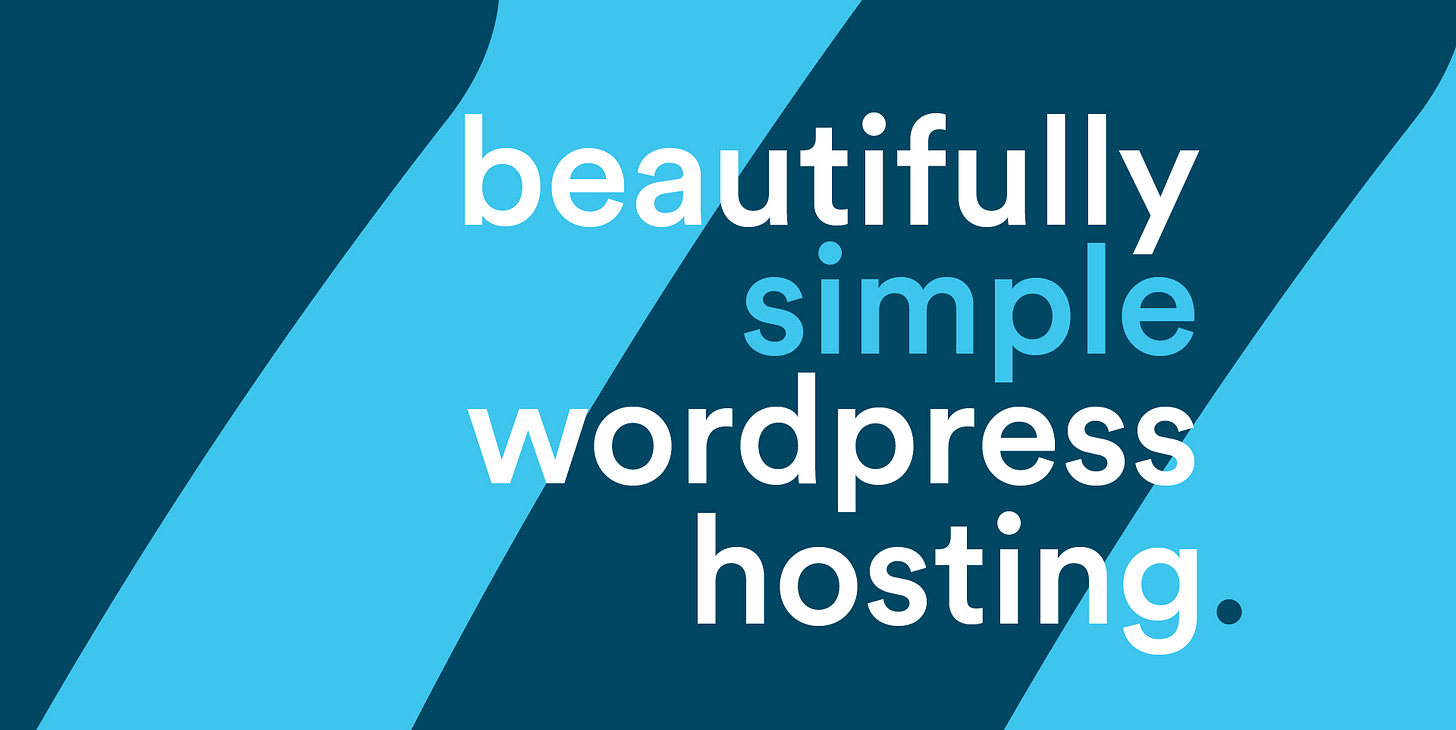The Framework Choice That Cost Us Millions
Some decisions are easy to undo, while others come with hefty price tags.
Some decisions are easy to undo, while others come with hefty price tags.
I learned that the hard way back in 2014.
Two friends and I launched a business; Managed WordPress Hosting. Instantly, it took off. While competitors confused users with complex control panels, DNS settings, and MySQL configurations, Tap made everything simple: one-click websites, free SSL, and top-tier support.
But we made one costly mistake.
We built the platform on a framework that wasn’t designed to scale. Adding new features became slow and painful.
At the time, I was five years into my career and the most senior PHP developer on the team. A few years later, we re-wrote Tap in Laravel, but by then, the market had moved on. The rewrite took too long, the momentum was gone and Steadfast Collective was thriving.
As developers gain experience, they learn where to spend time and where to shave a few hours. Billing systems? Always worth the investment.
Fast forward a few years, and Tap struggled to reach its full potential. Meanwhile, our main competitor reported an ARR of $18M in 2019. There’s been various attempts by us, and others to re-boot Tap, but sadly all have proved too difficult.
This theory around decision-making goes beyond code.
Inside our organisations and communities, we face choices every day. Some can be undone with a few small steps. Others take years to unpick.
Community platforms are a perfect example.
Once members settle into a platform, moving them is nearly impossible.
I’m part of a Slack community that’s fractured after one of the leaders tried to migrate everyone away.
The response?
“Stick with Slack, it's fine - having both Slack + Discord is a mistake and will kill this community” - One member.
At Steadfast Collective, we build platforms with this in mind. No "magic source" that only we control. If another dev team had to take over tomorrow, they could. That’s good for clients, good for the market, and keeps us accountable.
A few questions to leave you with:
Which parts of your core infrastructure would be painful to move if you had to? Do you have a contingency plan?
Are you making a big decision: hiring someone, signing a contract, or picking a new tool? If so, what’s the cost of unpicking it in three years?
Speak soon,




